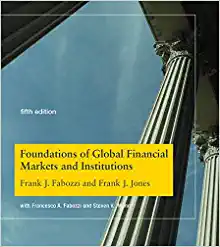Answered step by step
Verified Expert Solution
Question
1 Approved Answer
For item no. 5, please provide a solution and brief explanation. Thank you. My answer to 5.1 was 730, 5.3 -> 922.5 and for 5.4

For item no. 5, please provide a solution and brief explanation. Thank you.
My answer to 5.1 was 730, 5.3 -> 922.5 and for 5.4 -> 107. I doubt my answer, please help me to understand this one. For fill in the blanks items, just enumerate the answer. Thank you.

Step by Step Solution
There are 3 Steps involved in it
Step: 1

Get Instant Access to Expert-Tailored Solutions
See step-by-step solutions with expert insights and AI powered tools for academic success
Step: 2

Step: 3

Ace Your Homework with AI
Get the answers you need in no time with our AI-driven, step-by-step assistance
Get Started


